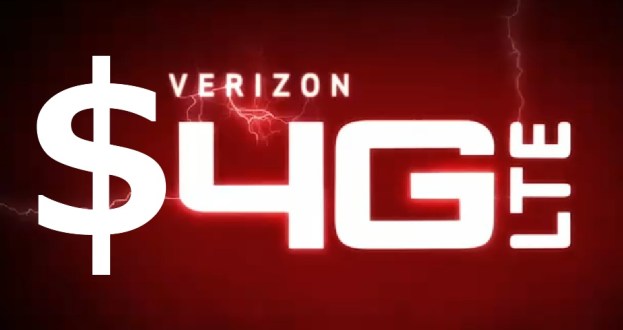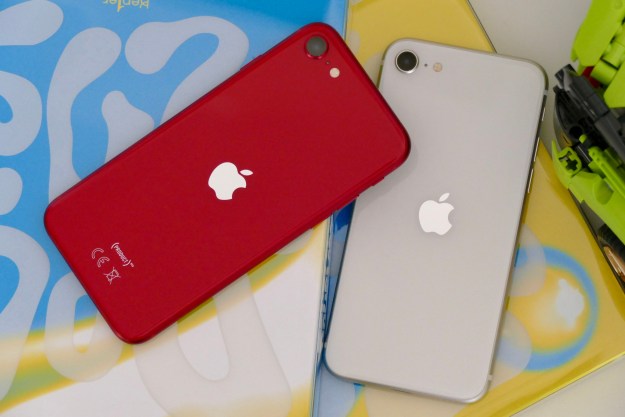
From a cost-to-build perspective, the HTC ThunderBolt may be the most expensive phone on the market thanks to its pricey 4G LTE chipset, reports IHS. The cost of the 4G amplifiers, power management, chipsets, etc come out to $39.75, boosting the total cost of the ThunderBolt to $262–a new record.
While we can understand why HTC might bear the bill to have the first 4G LTE handset, we must note that it didn’t come without a price hike for consumers. The ThunderBolt costs $249 with a two-year contract, about $50 higher than smartphones a year ago, meaning consumers are paying for the price of 4G before a single 4G data bill comes in the mail.
With that said, will Apple take a hit and implement 4G in its upcoming iPhone 5? The price of the Verizon iPhone 4 is $171.35, meaning that if Apple chooses to add a similar chipset to the ThunderBolt, it could drive up the cost of the phone to $211.10, and that’s assuming the Cuppertino manufacturer hasn’t made any other expensive design or functionality decisions.
“It remains to be seen whether the next Apple iPhone set for introduction in September will support 4G LTE,” said Wayne Lam, senior analyst for IHS. “However, if it does, two things are clear. First, the iPhone’s minuscule printed circuit board (PCB) will have to grow in size in order to support the first-generation LTE baseband processor as well as all the supporting chipset. Second, the next iPhone’s BOM value certainly will increase substantially compared to the iPhone 4 if LTE is implemented in the same manner as in the HTC ThunderBolt.”
So far, Apple has not publicly stated it is pursuing 4G LTE connectivity for its next iPhone. In fact, it has done the opposite. In April, COO Peter Oppenheimer told investors that Apple isn’t ready to jump on board with LTE: “The first generation of LTE chipsets forced a lot of design compromises with the handset, and some of those we are just not willing to make,” he said.
Stepping back a bit, by the time Apple announces the iPhone 5, there will be four LTE phones on Verizon Wireless, which is currently the only wireless carrier in the United States with its LTE network launched and running. The Samsung Droid Charge, Motorola Droid Bionic, HTC ThunderBolt, and LG Revolution represent some strong Android competition to Apple, but all have been somewhat criticized for the tradeoffs they’ve made to incorporate 4G LTE so early, with problems like a lack of dual-core processors, short battery life, crazy glitches, and dropped calls. On top of that, AT&T’s 4G LTE network won’t be operational until later this year, at the earliest.
While there are new all-in-one chips coming to the market that could give Apple the ability to have 4G, GSM, and CDMA connectivity in one phone, the cost may be too high. Apple waited a year on 3G. Who’s to say it won’t wait a year on 4G? The question is, can it afford to wait anymore without ceding critical ground to Android? We’re not so sure.
Editors' Recommendations
- iPhone SE 4: news, rumored price, release date, and more
- Apple just released iOS 17.4. Here’s how it’s going to change your iPhone
- T-Mobile’s 5G is still unmatched — but have speeds plateaued?
- What is 5G? Speeds, coverage, comparisons, and more
- How Apple can (and should) save the iPhone SE 4


